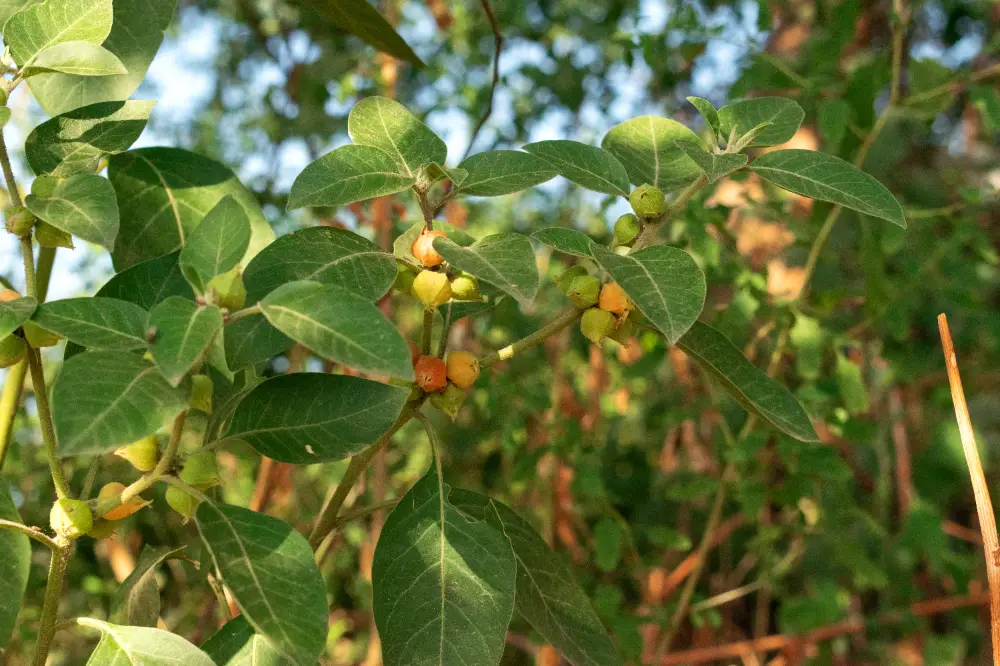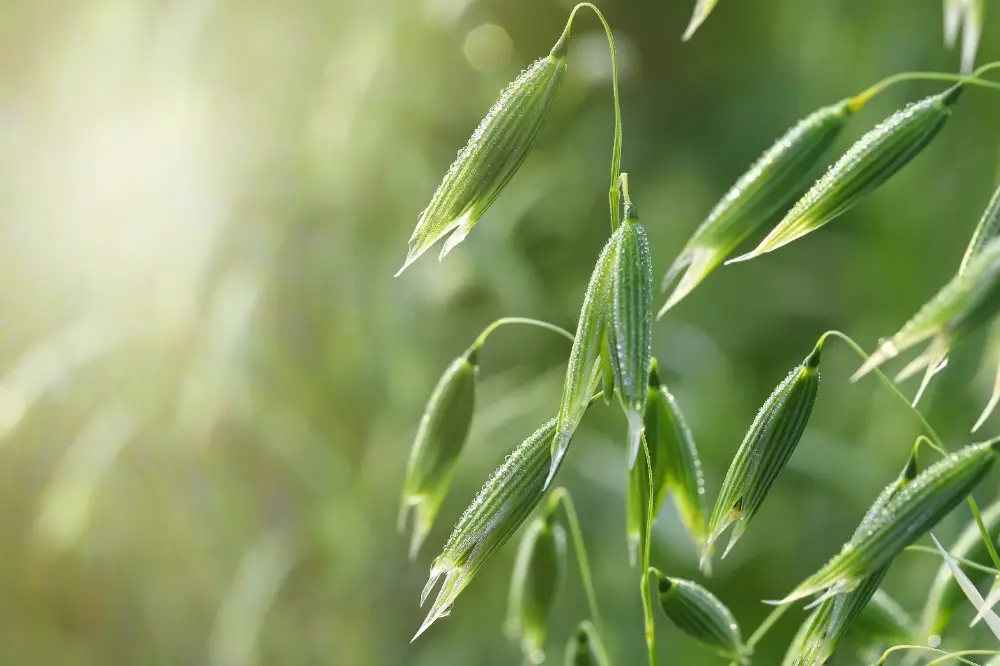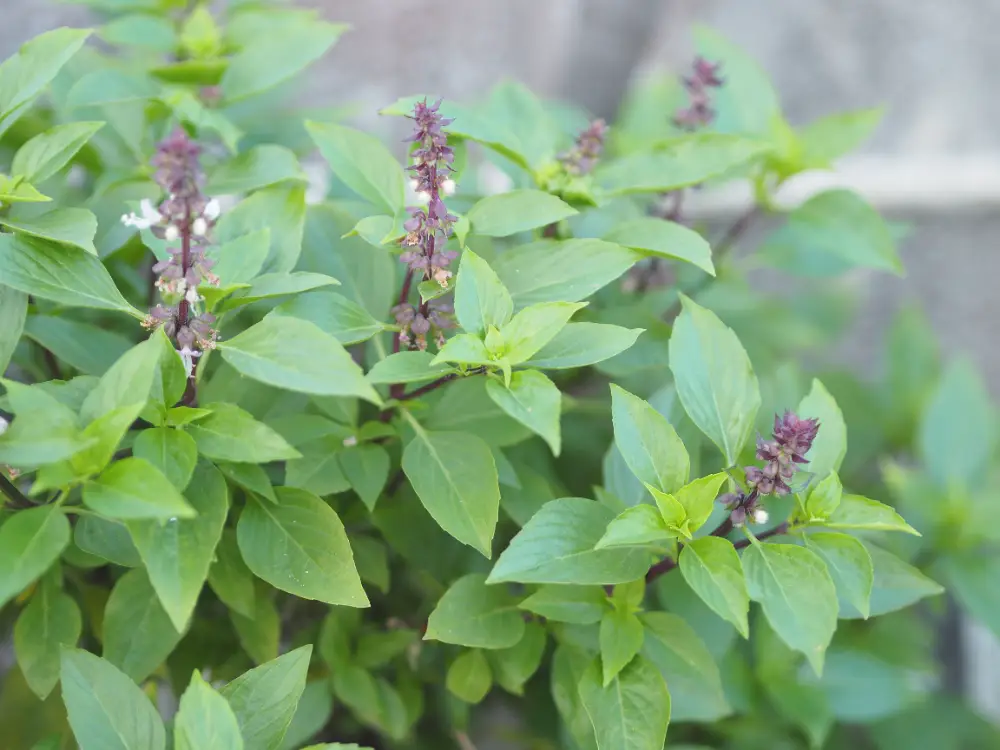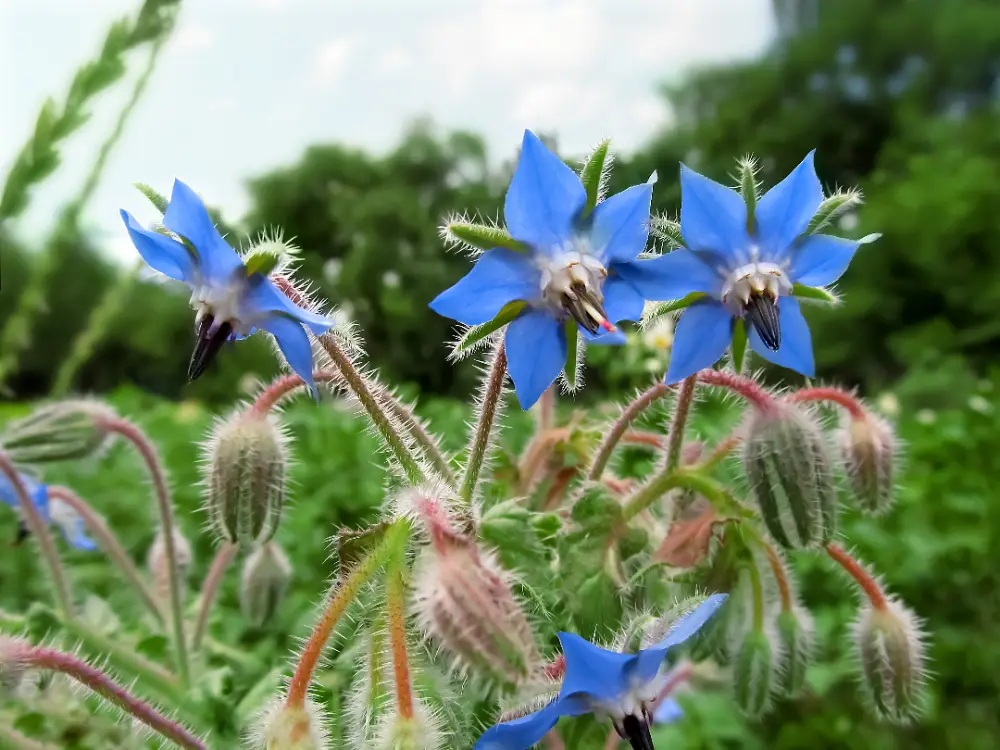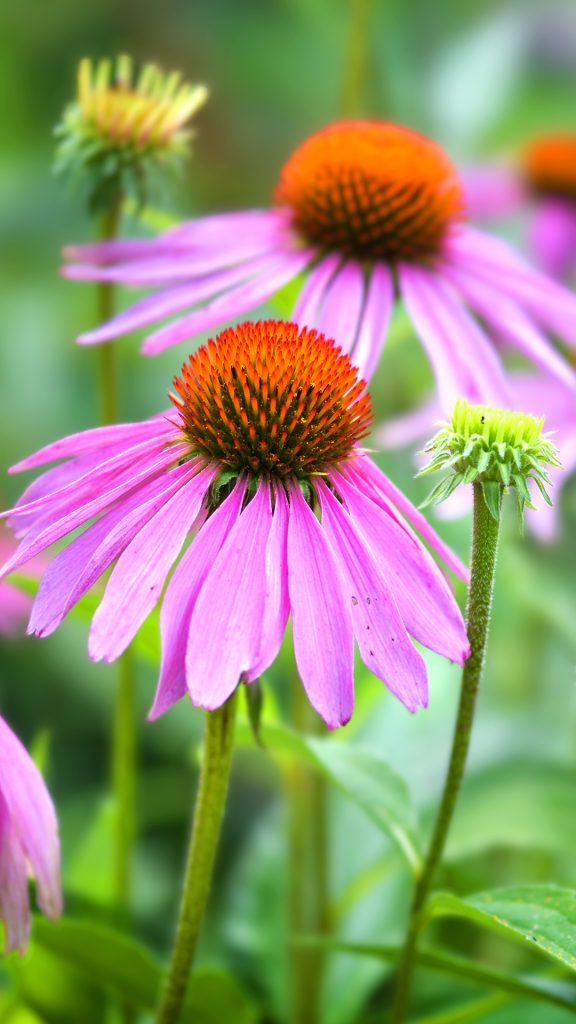
Blessed Thistle
Cnicus benedictus L.
Asteraceae (Daisy family)
Bitter Tonic for Appetite & Digestive Flow
Other names:
Holy thistle, St. Benedict’s thistle, Cardui benedicti, Blessed bitter
Superpower
To awaken appetite and move digestion with a clean, clarifying bitterness—supporting bile flow, easing mild dyspepsia, and restoring a sense of inner vigor.
Cautions
Pregnancy & lactation: Avoid internal use in pregnancy; lactation claims are product-specific and not broadly supported by high-level evidence; use only with qualified guidance.
GI irritation/ulceration, IBD flares: Bitters may aggravate active irritation; avoid if gastritis/ulcer is present or during IBD flares.
Allergy: Asteraceae sensitivity (ragweed/chrysanthemum) risk.
Drug interactions: The bitter-stimulated increase in gastric acid may oppose antacids, H2-blockers, PPIs; separate dosing.
Topical use: External-only; avoid deep wounds, animal bites, serious burns; discontinue if irritation persists.
Known Chemical Constituents
Terpenoids (Sesquiterpene lactones): cnicin (≈0.2–0.7%), salonitenolide; (bitter principles)
Flavonoids: apigenin-7-O-glucoside, luteolin derivatives
Tannins: up to ~8% (astringent support)
Lignans: trachelogenin, arctigenin, nortracheloside
Triterpenoids/Sterol-like compounds: e.g., α-amyrin derivatives
Volatile/essential oil (minor): reports include p-cymene, fenchone, trace monoterpenes
Minerals: notably potassium (traditional texts note a comparatively mineral-rich profile)
(Constituent emphasis on cnicin as dominant bitter; modern pharmacognosy places its activity and bitterness index at the core of the herb’s digestive actions.)
Botanical Description
Habit & Stems: Annual, 20–60 cm tall; branching, bristly stems with spines along leaf margins.
Leaves: Alternate, oblong-lanceolate with toothed, spiny edges; pale green with whitish venation; clasping the stem at base.
Flowers: Globose, spiny heads (capitula) with yellow tubular florets; surrounded by spiny involucral bracts; bloom in late spring–summer.
Fruit/Seed: Brown achenes with short pappus; self-seeds readily in warm, dry habitats.
Roots: Slender taproot adapted to dry, disturbed soils of the Mediterranean origin.
Timing: Blooms late spring through summer; aerial parts are typically harvested at early flowering.
Fun Facts
The “blessed” epithet reflects medieval esteem as a protective tonic.
The principal bitter cnicin gives the plant its assertive taste; recent preclinical work explores axon regeneration activity—an intriguing modern angle, though not yet a clinical indication.
Parts Used
Aerial parts (leafy flowering tops)
Harvest
Timing: Harvest at early flowering for peak bitterness and vitality; mid-morning after dew lift.
Method: Clip upper third of the plant, avoiding coarse, overly spiny lower material.
Storage: Dry in thin layers or small bundles out of direct sun; jar airtight in a cool, dark place.
Preparations
Infusion (tea): 1–2 tsp dried herb per cup; steep 10–15 min; sip 10–15 min before meals.
Tincture: 1:5 (40–60% alcohol), 1–2 mL up to TID before meals as a digestive bitter.
Compound bitters: Pair with aromatics (e.g., orange peel) to soften intensity and enhance carminative effect.
Topical: Aqueous or hydroalcoholic extracts in creams/salves as vulnerary (per Health Canada topical monograph guidance).
Sacred Rituals
A pinch of dried herb in threshold blends or pre-meal gratitude teas to invite clarity, protection, and right appetite—a ritual for aligning hunger with true need.
Affirmations
“I welcome what nourishes me, and I release what weighs me down.”
Spiritual Associations
Associated with protection, purification, and resolve. Traditionally carried or brewed to “bless” thresholds—supporting clarity, boundaries, and the courage to move forward after stagnation.



